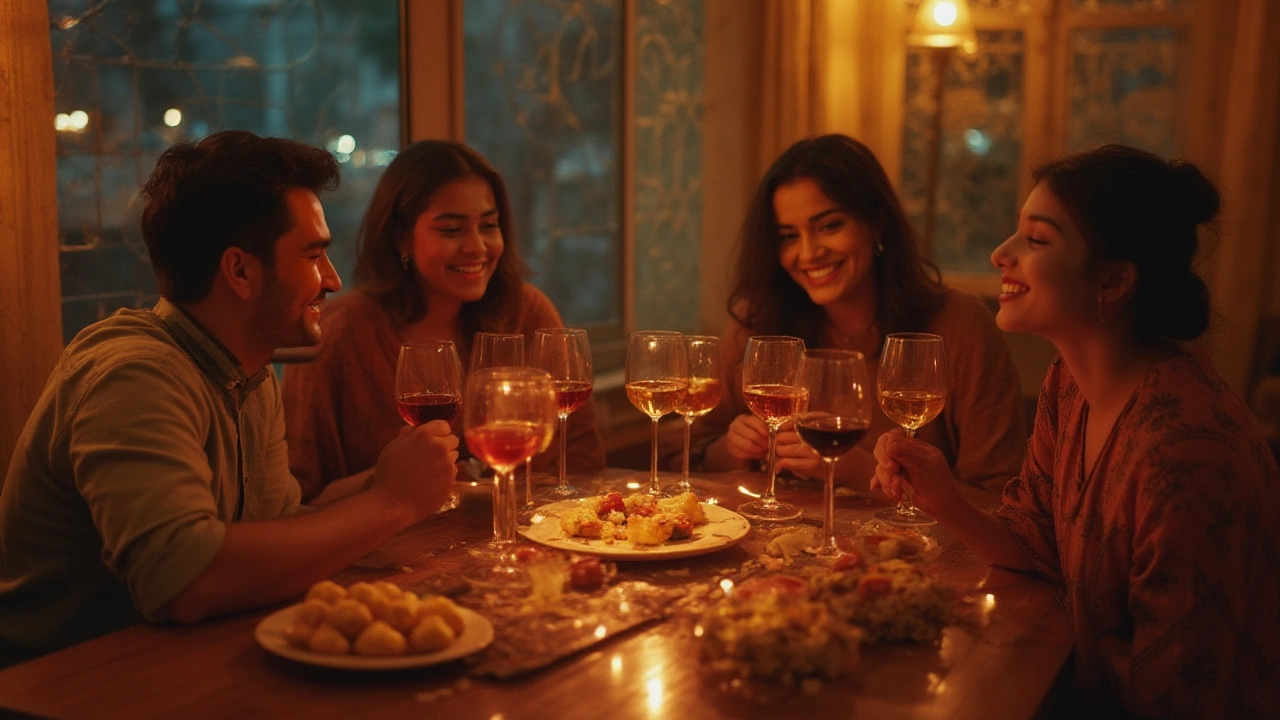
So many people act like you need to whisper your wine questions, as if wine is only for fancy dinner parties or private tastings in candle-lit cellars. Here’s the thing: most wine drinkers started out just like you. They peered at the bottles, nervous about making the wrong pick. The world of wine can feel huge—from thousands of grape types to confusing wine labels (what does ‘Old World’ really mean, anyway?). If you're trying to figure out what type of wine to try first and don’t want to look clueless, relax. Your first glass is your invitation—no secret handshake required. It’s not about impressing anyone else; it’s about discovering what you actually like. You might even surprise yourself.
Why Wine Feels Intimidating—And Why It Shouldn’t
Wine can come off as exclusive, but that’s mostly smoke and mirrors. There’s a big mix of tradition, marketing, and plain old snobbery that gives wine its reputation for being tricky—especially those cryptic French labels (what even is a ‘Pouilly-Fuissé’? Spoiler: it’s Chardonnay grown in Burgundy). But when you pick up a bottle, what you’re really getting is just fermented grape juice. The rest—fancy talk, swirling, scoring? People use them as short-cuts to describe flavors. The basics are easy to get: wine comes in several types, and each tastes different based on the grape, the place it was grown, the weather, and even the mood you’re in.
Surprisingly, the earliest wine—archaeologists found traces in Georgia (the country, not the state)—dates back about 8,000 years. Ancient folks didn’t care about “legs” or “bouquet.” They just wanted something delicious to drink. So, ignore all the ceremony, especially at the start. If you’ve ever wondered why everyone seems to be obsessed with the “right” glass, it’s a mix of science and tradition. Sure, glass shape can tweak aroma, but if you only have mugs or tumblers, that’s fine for now. Real talk: anyone who scoffs at your glass isn’t worth sharing a bottle with. When I had my first wine, it was in a chipped mug with my friend on a beach, and the wine tasted like summer and laughter. That’s what counts.
So don’t worry about what you don’t know yet. A study from UC Davis (yes, California wine country) showed that people picking wine based on their favorite fruits and flavors often ended up happier with their choices than those who went by wine ‘prestige.’ The takeaway? Follow your taste buds and not the rules.
Red, White, or Rosé: Your First Wine Decision
Here’s the honest truth: there’s no universal “best” first wine. It all depends on your personal taste—what flavors you gravitate towards, how adventurous you’re feeling, even what you’re planning to eat. But most beginners like to start with wines that are smooth, fruity, and not too dry or bitter.
Beginner wine often means something that isn’t aggressively sour (acidic) or mouth-drying (tannic). Think juicy and easy to drink. If you usually like apple juice or sweet iced tea, white and rosé wines might feel familiar, while soda or cold brew lovers sometimes reach for reds. Don’t overthink it.
Let’s break it down:
- White wine: Sauvignon Blanc, Pinot Grigio, and Riesling are great starts. Riesling (especially German Kabinett or QbA) is usually a little sweet, crisp, and full of apple and peach flavors. If you want dry, Sauvignon Blanc is zesty, almost like biting into a green apple, while Pinot Grigio is clean and refreshing.
- Rosé: Pink isn’t just for summer. Rosé is basically slightly red-tinged white wine, thanks to a quick soak on grape skins. Try those from Provence for something fresh and light—strawberries, watermelon, and a little touch of herbs.
- Red wine: Lighter reds like Pinot Noir, Gamay (the grape in Beaujolais), or even Spanish Garnacha are often winners. They’re usually more about bright fruit than bitterness, and won’t overwhelm you with heavy flavors.
If you’re curious about dessert wines, Moscato d’Asti and off-dry Rieslings are like grown-up fruit juice—low in alcohol and a gentle first step. Just avoid wines with high tannins (Cabernet Sauvignon, Barolo) or lots of oak aging at the start; they can be intense for first-timers.
Check out real-life wine sales data—Pinot Grigio, Prosecco, and Moscato were the top three sellers for folks new to wine in the US, according to Nielsen stats from 2023. It's no accident: they're easy, refreshing, and friendly on the taste buds.
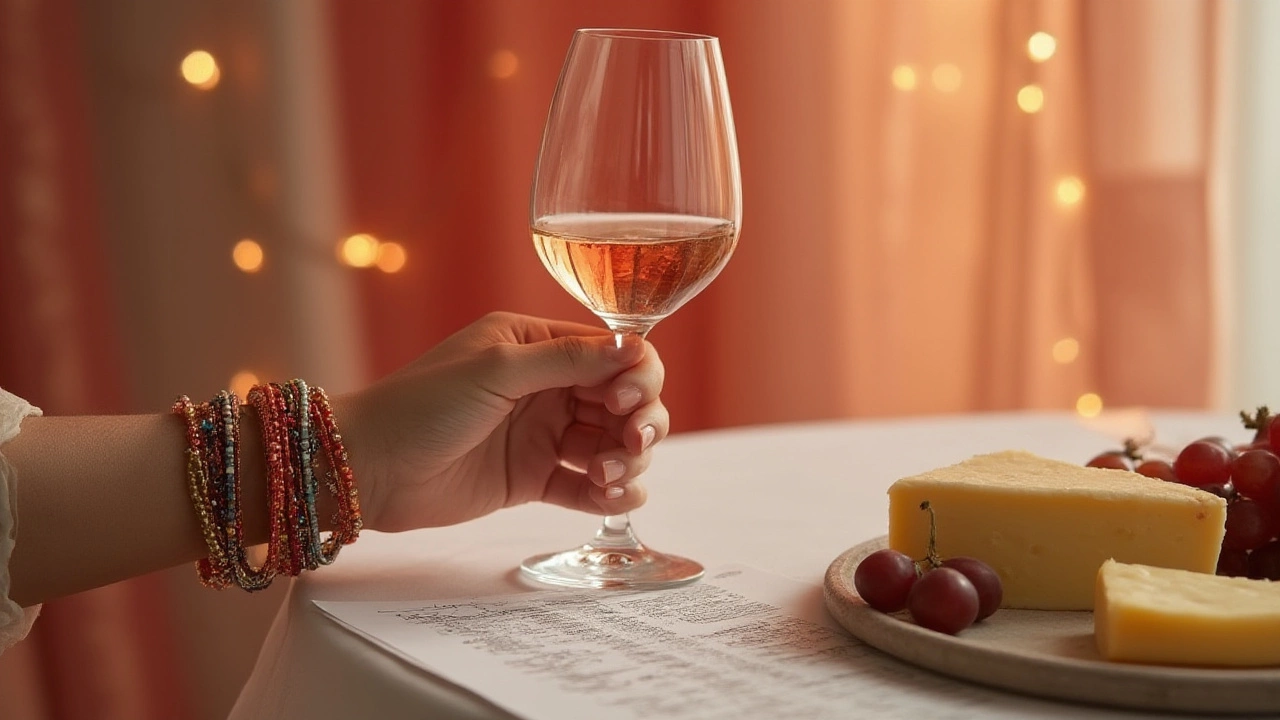
How to Taste Wine Without Feeling Silly
Tasting wine shouldn’t feel like an exam. You don’t need to describe every flavor if you don’t want to, but noticing a few things makes it more fun. Start simple: pour a small amount in your glass, give it a swirl (if you want to see how it smells on the air), and inhale gently. What does it remind you of? Green apple, cherries, or vanilla? Don’t stress if you don’t smell all those obscure flavor notes people list; nobody was born knowing what “gooseberry” is.
- Take a small sip. Think about how it feels—light like water, or heavier like cream?
- What flavors pop up? Sweet? Tart? Is there a burn at the end (that’s alcohol)?
- After swallowing (or spitting, if you’re in a tasting room), does it leave your mouth dry? Are you craving another sip?
Try tasting with a friend, like your partner or roommate, and swap notes. Lachlan and I have totally opposite taste in wine: I love crisp whites; he’s all about earthy reds. Sometimes we even taste from opposite ends of a flight and compare reactions—makes the whole thing way less serious and way more fun. You’re allowed to like (or not like) whatever you want.
Quick tip: temperature matters. White and rosé are best chilled but not icy, reds are tastier a little cooler than room temperature. A bottle left in the fridge for an hour is about perfect for whites; 20 minutes in for reds does the trick. Don't let anyone tell you it's “wrong” to chill your red—lots of lighter reds taste brighter when they're cold.
If you want to sound impressive (or just keep track of what you like), jot down your thoughts. Apps like Vivino let you snap a picture and record a few words, or just use your phone's notes.
Pairing Your First Wine With Food
If you’re sharing your first wine with a meal, you’ll notice that food can make your glass taste totally different. Wine pairing doesn’t have to mean memorizing rules. Still, knowing the basics helps you avoid face-puckering combos. The general idea: match lighter wines with lighter food, and heavier ones with more flavorful dishes.
- White wine: Fresh salads, fish, chicken, or pasta with light sauces. Sauvignon Blanc instantly perks up grilled veggies, while Chardonnay works with roast chicken and creamy dishes.
- Rosé: Great all-rounder for summer eats: charcuterie, cheese, grilled salmon, even picnic sandwiches. If in doubt, rosé rarely clashes.
- Red wine: Light reds (Pinot Noir, Gamay) go with roasted veggies, pizza, light meats. Save full-bodied reds (Cabernet, Merlot, Malbec) for heartier things—burgers, steak, or mushroom risotto.
The cheese and wine match is world-famous for a reason. If you’re snacking, tangy cheeses like goat cheese adore crisp whites, while brie and camembert love a chilled Beaujolais or fruity rosé. Hard cheeses (cheddar, gouda) get along with reds. Here’s a quick reference table to make it easier:
| Wine Type | Good Food Pairings |
|---|---|
| Sauvignon Blanc | Goat cheese, green salads, seafood |
| Pinot Grigio | Roasted chicken, white pizza, light pasta |
| Chardonnay | Grilled salmon, creamy pasta, roast chicken |
| Rosé | Sliced ham, soft cheeses, Mediterranean salads |
| Pinot Noir | Mushroom dishes, roast turkey, charcuterie |
| Beaujolais | Cured meats, brie, burgers |
A study out of Oxford actually found that background music and lighting can change how your wine tastes. If you want to feel fancy, queue up French café tunes, open a window, and slow down—food and wine just taste better when you’re relaxed.

Finding and Enjoying Your First Wine—On Any Budget
The myth that good wine is always expensive is just that—a myth. Supermarket shelves and corner shops are full of perfectly tasty wines for $10–$15 a bottle. Hunt for bottles from lesser-known regions—think Portugal for reds, Chile for Sauvignon Blanc, or South Africa for Chenin Blanc—and you’ll often get more flavor for your money. Don’t be shy about asking shop staff for help, either. Just say, “I’m new to wine and want something light, fruity, and not too dry.” If you mention dishes you’re planning, they’ll usually point you to a couple of winning picks.
- Shop local: Smaller wine shops and online retailers (like Naked Wines or Wine Folly) often sell curated intro cases or “starter packs.”
- Wine in cans: Not as posh, but actually getting popular, especially for white, rosé, or bubbly. They’re portioned, fresh, and make zero mess.
- Try by the glass: If you’re eating out, order something new by the glass so you can try before you commit.
- Wine tastings: Wineries, bars, and even some supermarkets host tastings—great for finding new favorites in a low-pressure way.
Once you’ve found a style you like, don’t be afraid to experiment. If you started with Pinot Grigio, maybe grab an Albariño next time. Taste with friends (blind tastings are hilarious and eye-opening), host a potluck with every guest bringing a budget bottle, or just sip a glass with your favorite series on. Wine isn’t about rules; it’s about what makes you happy. If you don’t love your first bottle, there are thousands more out there. Who knows—your favorite might be the next one you try.
For your first step, pick a bottle that sounds good, pour yourself a glass, and see where the adventure goes. Cheers to starting your own journey, one sip at a time.
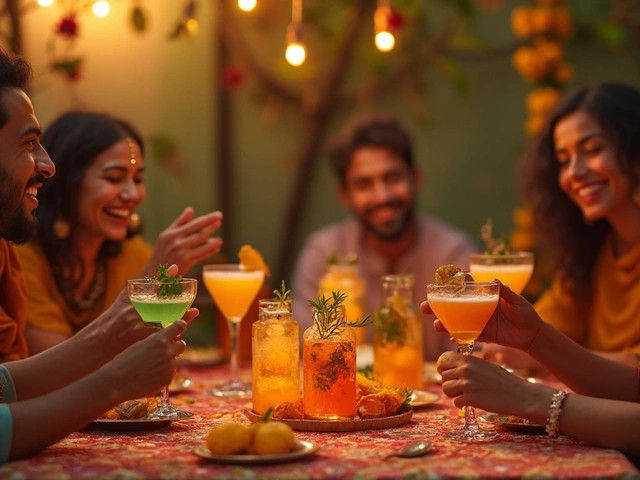
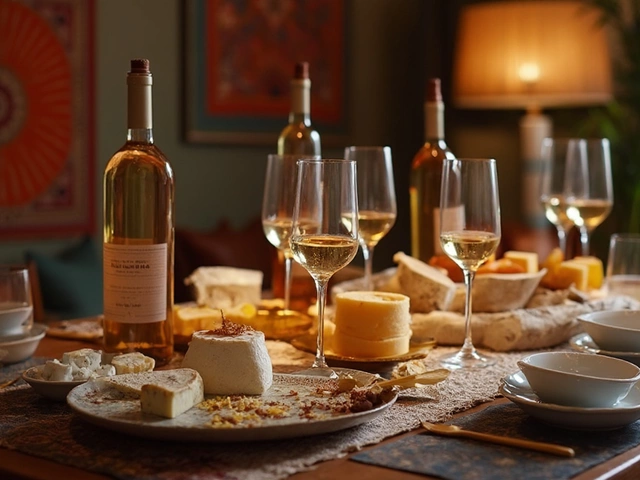
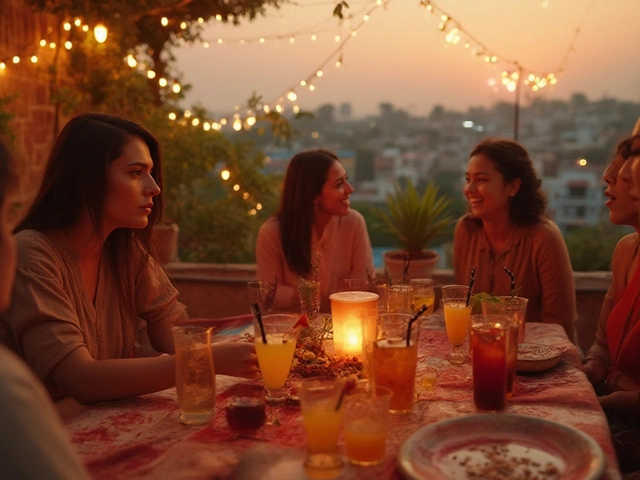
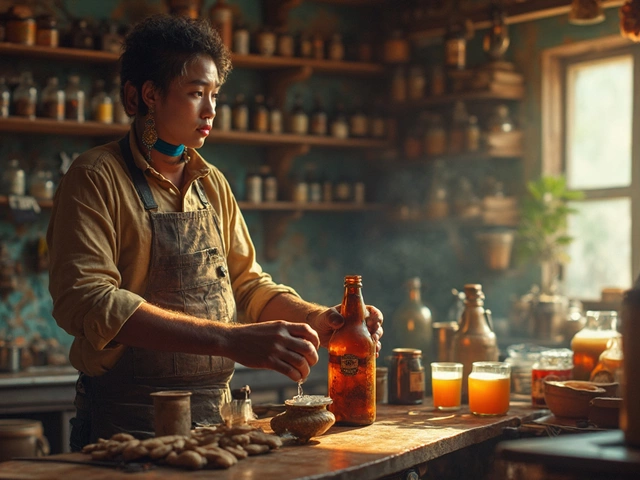

Categories